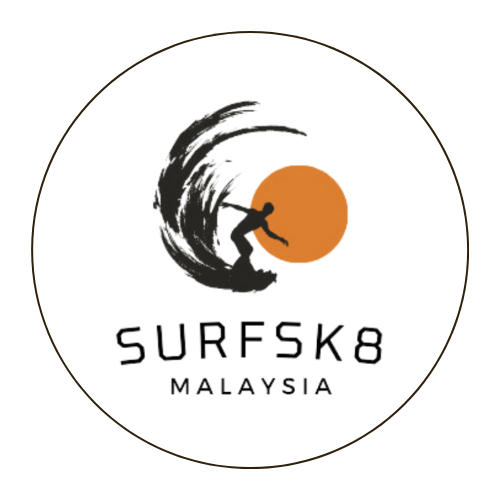A Beginner’s Guide to Surfskate
Surfskate, a dynamic blend of surfing and skateboarding, has taken the world of action sports by storm. Whether you’re a seasoned surfer looking to fine-tune your skills on land or a beginner seeking a new and exhilarating way to ride, surfskating offers a unique experience that mimics the feeling of carving on ocean waves. In this beginner’s guide, we’ll delve into the fundamentals of surfskating, from choosing the right board to mastering essential techniques.
The Basics of Surfskating
Surfskating involves riding a skateboard designed to replicate the fluid movements of surfing. Unlike traditional skateboards, surfskateboards feature specialized trucks that allow for a greater range of motion, resembling the pivoting and tilting of a surfboard on a wave. The key to surfskating is recreating the sensation of carving and pumping, generating speed through smooth, flowing movements.
Selecting the Right Surfskate Setup
Choosing the right surfskate setup is crucial for an enjoyable and successful experience. Consider the following components:
- Deck: Opt for a deck that suits your riding style. Longer decks provide stability, while shorter ones offer more agility.
- Trucks: Surfskate trucks are the heart of your setup. Look for trucks with a unique design that allows for increased turning radius and better maneuverability.
- Wheels: Softer and larger wheels provide a smoother ride and better grip on rough surfaces.
- Bearings: Quality bearings ensure a smooth and effortless glide. Ceramic bearings are a popular choice for reduced friction and increased speed.
Essential Surfskating Techniques
Carving: Carving is the foundational technique in surfskating. It involves making smooth, flowing turns by shifting your weight and using your body to initiate turns, just like you would on a wave.
Pumping: Pumping is the art of generating speed without pushing off the ground. It involves compressing and extending your body as you transition from one turn to another, converting your energy into forward motion.
Frontside and Backside Turns: Similar to surfing, mastering frontside (facing the wave) and backside (facing away from the wave) turns is essential. Practice leaning and shifting your weight to guide the board through these turns smoothly.
Cross-Stepping: Cross-stepping involves walking up and down the board while maintaining balance. This technique mimics the footwork of a surfer moving along the length of a surfboard.
Starting Out: Tips for Beginners
- Safety First: Wear appropriate safety gear, including a helmet and pads, especially as a beginner learning new techniques.
- Find a Suitable Area: Start in a spacious, flat area with smooth pavement to get comfortable with your board’s movements.
- Stance and Balance: Experiment with different stances to find what feels most natural. As you gain confidence, practice shifting your weight smoothly for controlled turns.
- Practice Consistently: Like any skill, surfskating requires practice. Dedicate regular time to honing your techniques and building muscle memory.
- Observe and Learn: Watch experienced surfskaters to observe their movements, balance, and techniques. Learning from others can provide valuable insights.
Conclusion
Surfskating opens up a world of exciting possibilities for riders of all skill levels. Whether you’re drawn to the sport by your love for surfing or you’re simply seeking a new way to experience the rush of carving and flowing, surfskating delivers an exhilarating ride on land. Remember, like any sport, progress takes time and patience. Embrace the learning curve, stay consistent, and soon you’ll be riding the concrete waves with style and confidence. So grab your board, hit the pavement, and let the journey to mastering surfskating begin!
